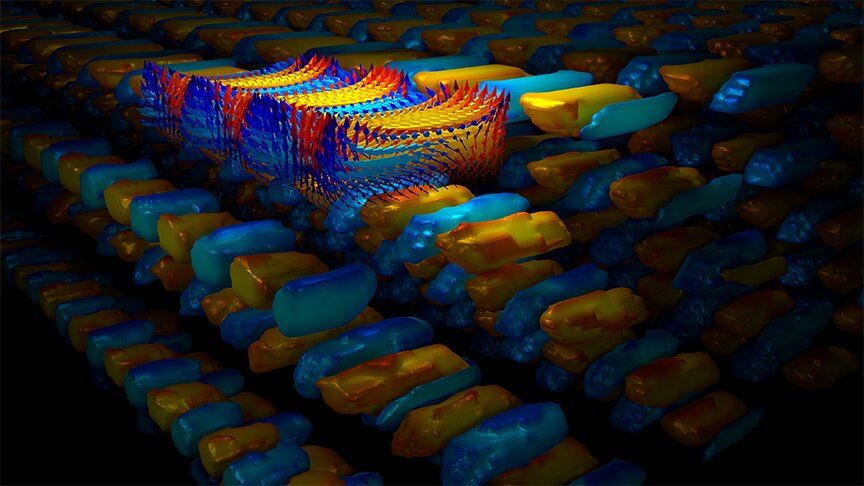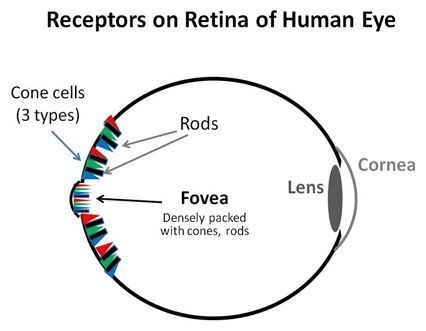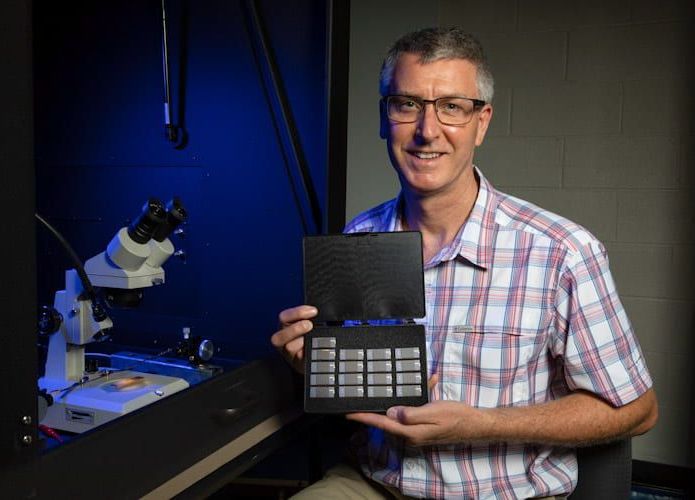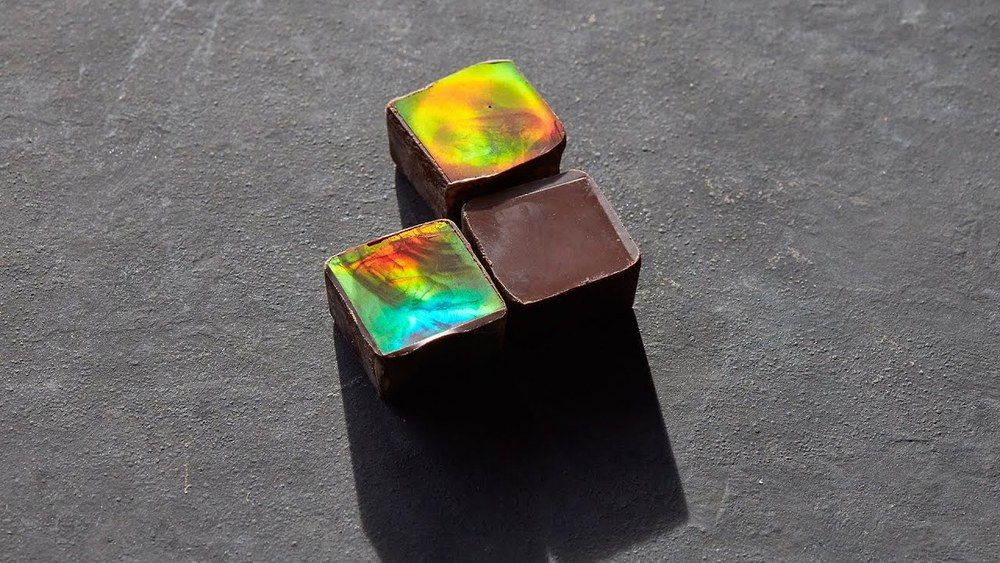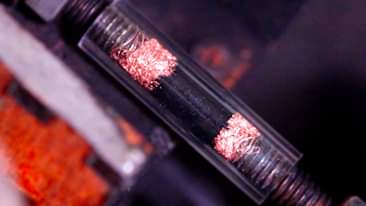Oct 23, 2020
You’ve Heard of Vantablack. Scientists Just Created ‘Super White’, And It’s Very Cool
Posted by Shane Hinshaw in categories: energy, materials
Scientists have created a super white paint that is the yin to Vantablack’s yang.
While ultra black materials can today absorb more than 99.96 percent of sunlight, this new super white coat can reflect 95.5 percent of all the photons that hit it.
Instead of warming up under direct light, objects painted with this new acrylic material can remain cooler than their surrounding temperature even under the Sun, which could allow for a new energy-efficient way to control temperature inside buildings.

